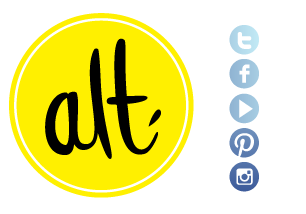SEO: How to Start and End a Post Well

By guest contributor Amy Lynn Andrews. Photography by The Business of Fashion.
How to start a post
Your blog is constantly being visited by search bots (a.k.a. spiders, crawlers, robots). Their job is to read your content, and determine what you're writing about. That information is then added to the databases of search engines, and pulled up in search results when relevant.
Presumably, the bots read from top to bottom. It's been said (no one knows for sure how it all works) that keywords near the top of the post are weighted more than those that come later.
Start your posts with a strong first paragraph. If you use an image at the top of your posts, know that images are unreadable to the bots; bots can only read text. For this reason, make sure you are optimizing your images:
Rename your images before you upload them, using keywords in your image names. Whatever you do, don't use IMG_0042 or the like.
Be sure to use the ALT tag, again, with keywords. I typically use an ALT tag that matches the image name. (The ALT tag is basically a text description of your image. When you upload your photo, you'll see a field called "Alternate Text." Always fill this in! I usually just use the same keyword-rich name I used to title my image in the first place.) Consider using a caption and/or description for your photo.
How to end a post
Think of the last paragraph, or sentence, of your post as an opportunity to guide your reader to a next-step. Pay close attention to the end of your posts. What is the last link? Ask yourself what you want your reader to do next, and make sure you do everything you can to lead them right up to it. You can't control whether or not they will actually take that step, but hopefully they'll take it!
 Aug 27, 2012
Aug 27, 2012  3 Comments
3 Comments 


Reader Comments (3)
So glad to finally learn what the Alternative Text field is for! I've been trying to hone my blog to come up more in search results, and this can only help. Thanks so much!
nice blog keep writing more of them. new content wil always give u a better result. dataline data safe
I liked your tip on renaming images with keywords, it really has an impact